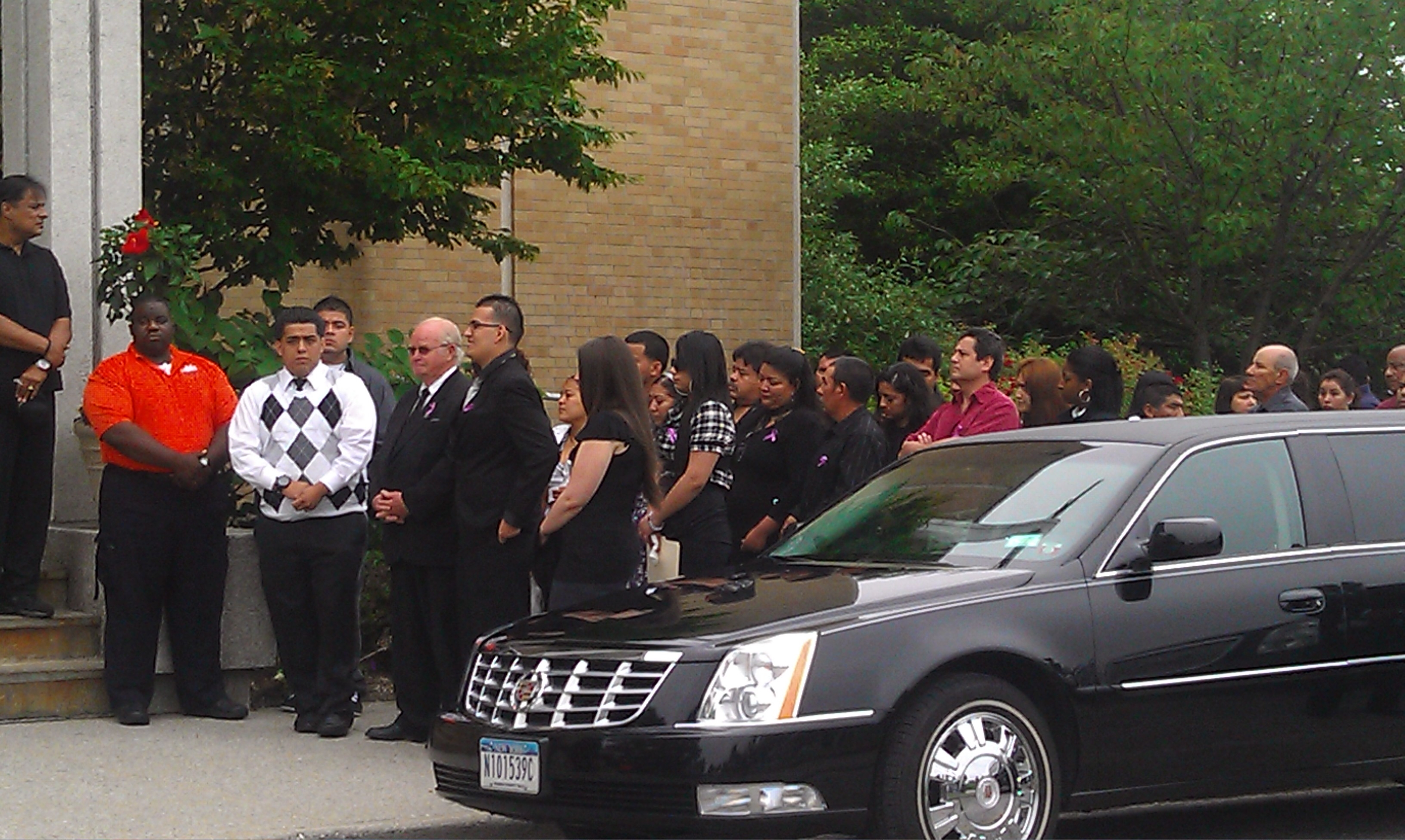
Drop Me in the Water
“Public input was certainly wanting in this process,” says Councilwoman Connie Keppert, adding that it was a “tremendous flaw” not to include the civic groups at the table “and I think that is what really killed the plan.”
The Affiliated Brookhaven Civic Organization, aka ABCO, an umbrella group of civics, has hailed the road map proposal by Steve Fiore-Rosenfeld (D-East Setauket), Kepert (D-Middle Island), Dan Panico (R-Manorville) and Tim Mazzei (R-Blue Point) and strongly criticized Lesko’s “last ditch attempt to save the flawed Carmans River Watershed Plan, developed by special interest groups without any significant citizen input.”
Fiore-Rosenfeld had not returned repeated requests for comment for this story as of press time. He told the Village Times Herald last month that his process would involve the community more than the study group chaired by Dr. Koppelman.
“They had these meetings but they had them called ‘the Carmans River protection plan’ and only had them at Town Hall,” he told the Herald. “How many people from Three Village are going to show up to a meeting for a river they’ve never heard of?”
But some who tried to get involved said they were sidelined.
 “I had to go to extraordinary lengths to be able to have any input into that process,” says Doug Swesty, a nuclear astrophysicist who teaches at Stony Brook University and is the LI watershed director of the Sea Run Brook Trout Coalition as well as past president of Trout Unlimited. “The meetings were scheduled during the day. I ended up taking a large number of vacation days in order to attend these meetings. We could not speak during debate within the groups. We only had the opportunity to add comments.”
“I had to go to extraordinary lengths to be able to have any input into that process,” says Doug Swesty, a nuclear astrophysicist who teaches at Stony Brook University and is the LI watershed director of the Sea Run Brook Trout Coalition as well as past president of Trout Unlimited. “The meetings were scheduled during the day. I ended up taking a large number of vacation days in order to attend these meetings. We could not speak during debate within the groups. We only had the opportunity to add comments.”
Swesty had sympathy for those who said there wasn’t enough citizen input but he faulted Councilwoman Keppert.
“I haven’t seen her really advocating for protections of the river whatsoever,” Swesty says. “What I see her doing is advocating for development within the river corridor.”
Keppert, through her staff, denied the accusation.
Particularly outspoken was Maryann Johnston, the former president of ABCO, who attended every study group meeting but never got what she was looking for.
“There were no civics at the table,” she says. “We didn’t have a vote.
“We believe in community organizing, grass roots, from the bottom up,” says Johnston. “We don’t put developers in a room with environmentalists and [then have them] come out and tell people what their communities are going to look like. That’s not how we do things here.”
One of the six members of the town board beside Lesko who supported the study group plan was Councilwoman Kathy Walsh (R-Centereach).
“I would have liked to see the original plan be set for a public hearing so that it can go before the town board with all the research that had been done and get a public vetting,” she says. “It was a good plan. It wasn’t a political plan… I think there was a hysteria thrown out there about multi-family housing…. I think we deserve some credit for having an understanding of our community. No elected official is going to be supportive of bringing the Bronx into their neighborhood—I don’t mean to be derogatory of the Bronx, I’m from Brooklyn—but I’ve been out here all my life…. We definitely need to address the housing issues that we have here.”
Pine Barrens Society President Dick Amper says the goal was to smooth the process.
“The builders are going to build anyway,” he says. “You want the preservation! So why would you separate the two? It’s the linkage that allows it to happen! You get the housing over there, we protect the river over here.”
Johan McConnell, past president of the South Yaphank Civic Association, was supportive of the study group’s intentions.
“I had the ability to speak when I wanted to,” she says. “And then I could follow up with the people in the planning department if I had more questions… Maryann had the opportunity to speak as much as anybody did, and Maryann did speak.”
McConnell, who attended many of the public sessions, faulted Councilman Fiore-Rosenfeld for realizing late in the game how the study group plan would impact his North Shore constituents. She says the town held numerous meetings “but nobody from the North Shore bothered to come.”
She pointed out that under the revised multi-family zoning code, the maximum number of units per acre would actually go from 12 units to 10.5 units.
“I understand that multi-family housing does not always negatively impact on a school district,” McConnell says. “It can have a positive impact.”
But people did show up in full fury at the March 29 public hearing to rail against affordable housing, in no small part due to the robo-calls from Comsewogue Schools Superintendent Joseph V. Rella, who said he’d gotten a call from Fiore-Rosenfeld.
“The only thing I ever asked people to do is go and be represented,” says Rella. “We wanted to be at the table when there was a discussion about placing any kind of housing in our community. That’s all.”
LI’s decades-old denigration of “those people” was on full display the night of the hearing, much to the discomfort of civic leader McConnell, who tells the Press, “‘Those people’…That’s not what ‘affordable’ [housing] is. It’s your starting nurse, your starting teacher, your fireman, your policeman.… It’s not Section 8, it’s not low-income!”
Fiore-Rosenfeld’s “new road map” does worry her, however, since “200 people could show up [at one of the two public meetings] and each one could have a different plan!” So, she adds, “Now you’re having this public input, [but] are you going to listen to the person who’s the loudest?”
Her solution is simple.
“My plan is just up-zone everything because they don’t need to have public input on that,” McConnell says. “It’s well with the town’s land-use management to up-zone.”
And another thing she’d do is mandate that the towns of Riverhead, Southampton and Brookhaven use the Pine Barrens credits.
“We’re not happy about the notion of a rezone,” says Joe Gergela, head of the Long Island Farm Bureau. “In our opinion the best way to preserve something is to buy it. So, if they’re serious about protecting the watershed areas, they need a better plan on how they’re going to raise the money to acquire the open space and compensate the land owners. Whether it’s a farmer or anybody who owns land, there’s a fairness issue. Rezoning does not get us there. That screws land owners.”
“Down-zoning allows more density per acre,” says ABCO’s Johnston. “Up-zoning allows less density per acre. I think up-zoning is the way to go. It was not even a tool in the tool box in the plan that was presented the last time around.”






